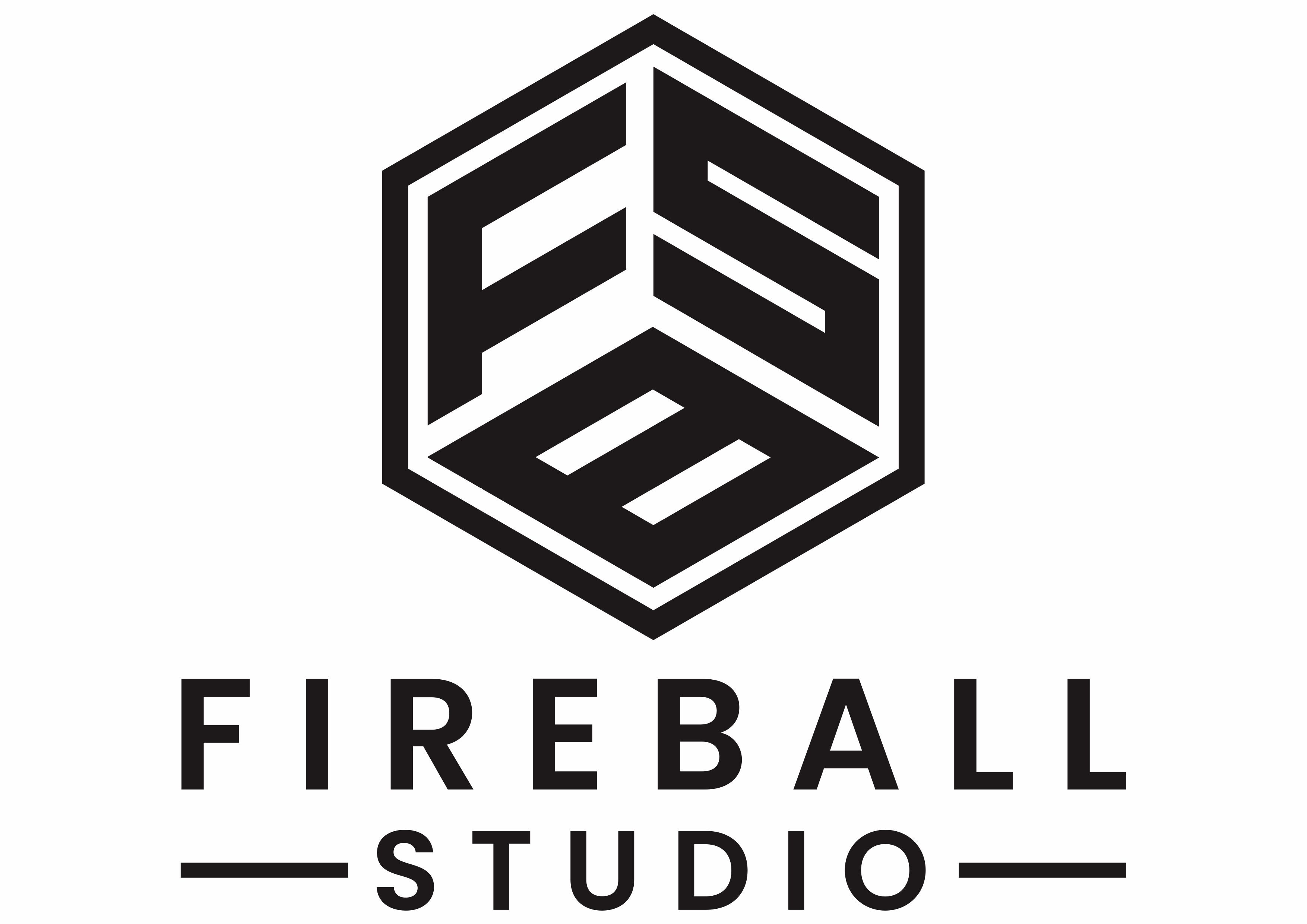Most small health practices hit a wall. Not because they lack demand or talent, but because their systems can’t keep up.
Scaling a practice sounds exciting: more clients, more revenue, more impact. But behind the scenes, growth puts pressure on every part of your business. If your foundation isn’t strong, things start to crack. Slowly at first, then all at once.
The number one reason practices stall? Unscalable systems.
The scheduling that used to work when it was just you? Now it’s chaos with two other providers. The billing process you managed manually? It’s behind by three weeks and costing you money. The intake forms, the client communication, the way your team handles workflows. It all starts to strain when your practice grows faster than your infrastructure.
At Fireball Studio, We help health and wellness providers identify these friction points before they turn into real problems. Our job is to build smart, scalable systems that grow with you. Your business isn’t just busy, but sustainable.
Let’s take a closer look at what unscalable systems really look like, and the red flags to watch for.

Why Scaling Breaks Bad Systems
Scaling reveals what was already fragile.
The systems that worked when your business was small were often built for speed, not longevity. You needed to get up and running, not perfect every process. That’s normal. But when you try to grow on top of those same systems, you end up buried in inefficiencies, burnout, and lost revenue.
More clients shouldn’t mean more stress. If it does, your systems are working against you.
![]()
Red Flag #1: Your Team Is Always “Putting Out Fires”
You know this one. The emails are piling up. Clients are calling because they never got a reminder. Intake forms are missing. Billing is delayed. One provider is overbooked, and another has open slots no one knew about.
If your team is constantly reacting, your systems aren’t working.
Firefighting is not a growth strategy. It means your workflows lack clarity, your tools don’t talk to each other, or there’s no owner for key tasks. And when everyone is in crisis mode, no one has time to step back and build something better.
I once worked with a group practice that had grown from three providers to eight in under a year. On the surface, they were doing great. But underneath, their admin team was drowning. They spent so much time fixing mistakes and tracking down missing information that they couldn’t onboard new clients efficiently. Growth slowed. Staff morale dropped. When we audited their operations, we found multiple bottlenecks and duplication across tasks. Streamlining those systems didn’t just reduce errors. it freed up capacity and reignited their momentum.
Red Flag #2: You’re Still Relying on Manual Processes
Manual processes are the enemy of scale.
If your team is still:
- Manually confirming appointments
- Entering insurance info by hand
- Tracking client progress in spreadsheets
- Printing and scanning forms
- Manually posting payments or reviewing EOBs line by line
…it’s only a matter of time before something slips.
Manual work not only slows you down, it increases the risk of error and drains your team’s time and energy. It also makes it harder to track performance, measure results, and identify what’s actually working.
Automation doesn’t mean you’re losing the personal touch. It means you’re using tools to handle the repetitive tasks so your team can focus on what matters most, client care and growth.
Red Flag #3: You Don’t Have Clear SOPs
Standard Operating Procedures (SOPs) are the blueprint for your business. Without them, every task is reinvented, every handoff creates confusion, and no one’s quite sure who’s responsible for what.
If your practice has grown but your team is relying on verbal instructions, sticky notes, or “just ask Sarah” as the go-to system, it’s time to rethink how you scale.
Lack of SOPs leads to:
- Inconsistent client experiences
- Team turnover with painful onboarding
- Dependency on one or two key people who are stretched thin
I worked with a wellness center that had grown quickly, but only one admin knew how to process claims, follow up on denials, or handle intake. When she went on leave, the entire billing process ground to a halt. They had no SOPs. No documentation. No backup. We spent the first month just building out workflows and training materials. By the end, they not only survived her absence, they became more efficient than before.
Future-Proofing Starts Now
If you’re serious about scaling your practice, you need systems designed to handle growth, not collapse under it. That means:
- Auditing your current workflows for bottlenecks and redundancies
- Building out automation where possible
- Creating SOPs so your team isn’t starting from scratch every day
- Tracking the right metrics to make data-driven decisions
- Delegating the right tasks to the right people (or tools)
At Fireball Studio, I work behind the scenes to make your operations stronger, smoother, and scalable. I’ve helped private practices and solo providers alike transform from overworked and overwhelmed to calm, clear, and ready to grow.
You don’t need a massive team or fancy tech stack to scale. You need smart systems, trusted support, and a clear plan.
Ready to future-proof your business? Let’s talk.
A quick consult might be all it takes to spot what’s slowing you down and show you what’s possible when your systems are built for scale.
